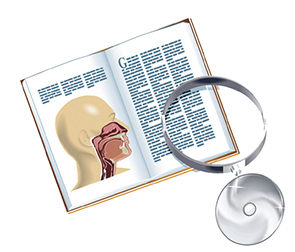Explore This Issue
March 2014
Background
More than 1.2 million nasogastric feeding tubes (NGT) are placed annually in the United States. Rates of misplacement into the respiratory tree are reported between 1% and 3%, with resultant harm in up to 40% of these cases. Risk factors for misplaced NGT include the presence of a tracheotomy or anatomic abnormality, an absent gag reflex, and concurrent use of sedative or pain medications. Given the high rates of injury from this common procedure and the available array of contemporary modalities to guide NGT placement, we aim to identify the most sensitive and sustainable means of preventing iatrogenic injury by reevaluating the widely accepted practice of confirmatory abdominal radiography after blind (without imaging guidance) NGT insertion.
Best Practice
Radiography alone (not including fluoroscopy) does not reduce the number of misplacements following blind placement of NGT, but it is shown to reduce complication rates when performed prior to advancement beyond 35 cm from the nasal sill. Implementation of dedicated tube teams decreases the complication rates associated with NGT placement, and when used in conjunction with confirmatory modalities such as modern electromagnetic tracking devices and capnometry, diminish the rates of misplacement even further. Otolaryngologists are proficient with, and have ready access to, flexible transnasal endoscopy; therefore, they are uniquely positioned to utilize and offer a leadership role in implementation of this tool for direct guidance of NGT placement in difficult cases, and when other more sophisticated approaches are not available. We believe that the practicality of implementation of both types of assistive devices (electromagnetic and capnometry) is favorable given the cited reduction in NGT injury, cost, and radiation exposure, combined with ease of use. Ultimately, we recommend transnasal endoscopy-assisted placement whenever practical, and alternatively support the use of 35 mm radiography, or the above assistive devices, under the supervision of dedicated tube teams in settings without ready access to or experience with transnasal endoscopy. Read the full article in The Laryngoscope.
Leave a Reply